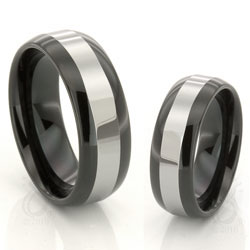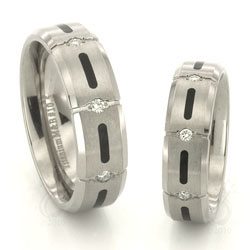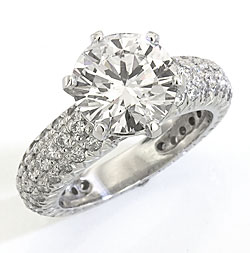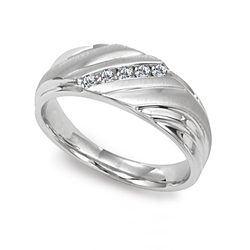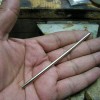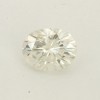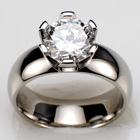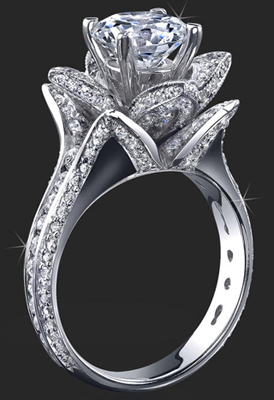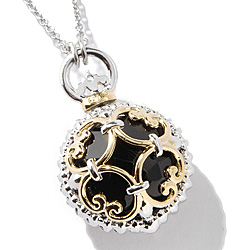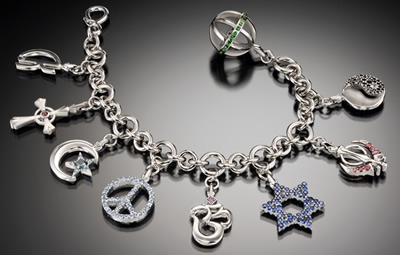Platinum is a bit of an elusive metal. We all have a historical understanding of gold and silver but platinum can seem like the odd man out. What is it exactly? And why would you choose platinum over other metals for a wedding band or other fine jewelry? Well, here’s a few points on platinum to ponder prior to purchase:
All the platinum ever mined would fit in the average size living room!
Annually, only about 133 tons of platinum are mined, compared to about 1,782 tons of gold.
Louis XVI of France proclaimed platinum the only metal fit for royalty!
10 tons of ore and a five month process is needed to make up one ounce of platinum.
 lthough Platinum may seem new, it is also legendary. The Ancient Egyptians and South American Incas prized it. France’s Louis XVI proclaimed it the only metal fit for royalty.
lthough Platinum may seem new, it is also legendary. The Ancient Egyptians and South American Incas prized it. France’s Louis XVI proclaimed it the only metal fit for royalty.
 egendary jewelers such as Cartier, Faberge and Tiffany created their timeless designs in Platinum. The world’s famous diamonds, including the Hope, Jonker I and Koh-I-Noor, are secured by the permanence of Platinum.
egendary jewelers such as Cartier, Faberge and Tiffany created their timeless designs in Platinum. The world’s famous diamonds, including the Hope, Jonker I and Koh-I-Noor, are secured by the permanence of Platinum.
 latinum reached its peak of popularity in the early 1900’s, when it was the preferred metal for all fine jewelry in America. When World War II began, the U.S. government declared Platinum a strategic metal and its use in non-military applications, including jewelry, was disallowed. To appease consumers, who preferred Platinum’s white luster, white gold was substituted in Platinum’s absence.
latinum reached its peak of popularity in the early 1900’s, when it was the preferred metal for all fine jewelry in America. When World War II began, the U.S. government declared Platinum a strategic metal and its use in non-military applications, including jewelry, was disallowed. To appease consumers, who preferred Platinum’s white luster, white gold was substituted in Platinum’s absence.

It is very fashionable to wear Platinum with your gold jewelry. In fact, many Platinum designs combine the two metals. Platinum’s white color beautifully contrasts with yellow gold and adds versatility to your jewelry wardrobe.
No other jewelry metal is more precious, more lasting or more appealing than platinum. Its rich white luster and understated elegance are beyond compare. Discover why platinum is the metal of choice for today’s discriminating jewelry buyer.

It is the heaviest of the precious metals, weighing almost twice as much as karat gold. Its strength ideally secures diamonds and other precious gems.
Even after many years, platinum will not wear away or wear down. For example, after many years of wear, a gold wedding band’s shank will wear down and become thinner. This is not the case with platinum.
As with all precious metals (gold, silver, etc.), platinum can be scratched. However, with platinum, there is actually no material lost from the scratch as there is with gold. If your platinum jewelry becomes scratched, simply take it to your jeweler for a quick polish.

In America, platinum jewelry contains either 90% or 95% pure platinum. By comparison, 18 karat gold is 75% pure and 14 karat is 58% pure gold. Platinum will never tarnish or lose its rich white luster.

Ten tons of ore must be mined to produce a single ounce of platinum. It takes five months to process platinum ore into pure platinum. Only after this time can skilled hands work their creativity and craftsmanship, transforming platinum into pieces of wearable art.

Platinum jewelry is as versatile as it is beautiful. The choice is yours: platinum with karat gold accents for breathtaking new versatility or, for the purist, the subtle look of all platinum.
Whether inspired by classic or contemporary themes, platinum jewelry is perfect for any occasion under the sun, moon or stars. A quiet luxury in today’s world. A treasure to be worn.

